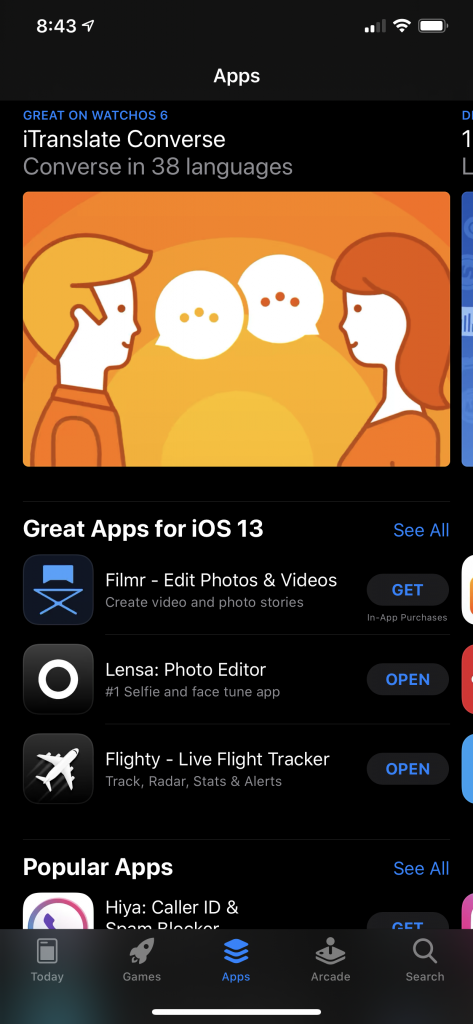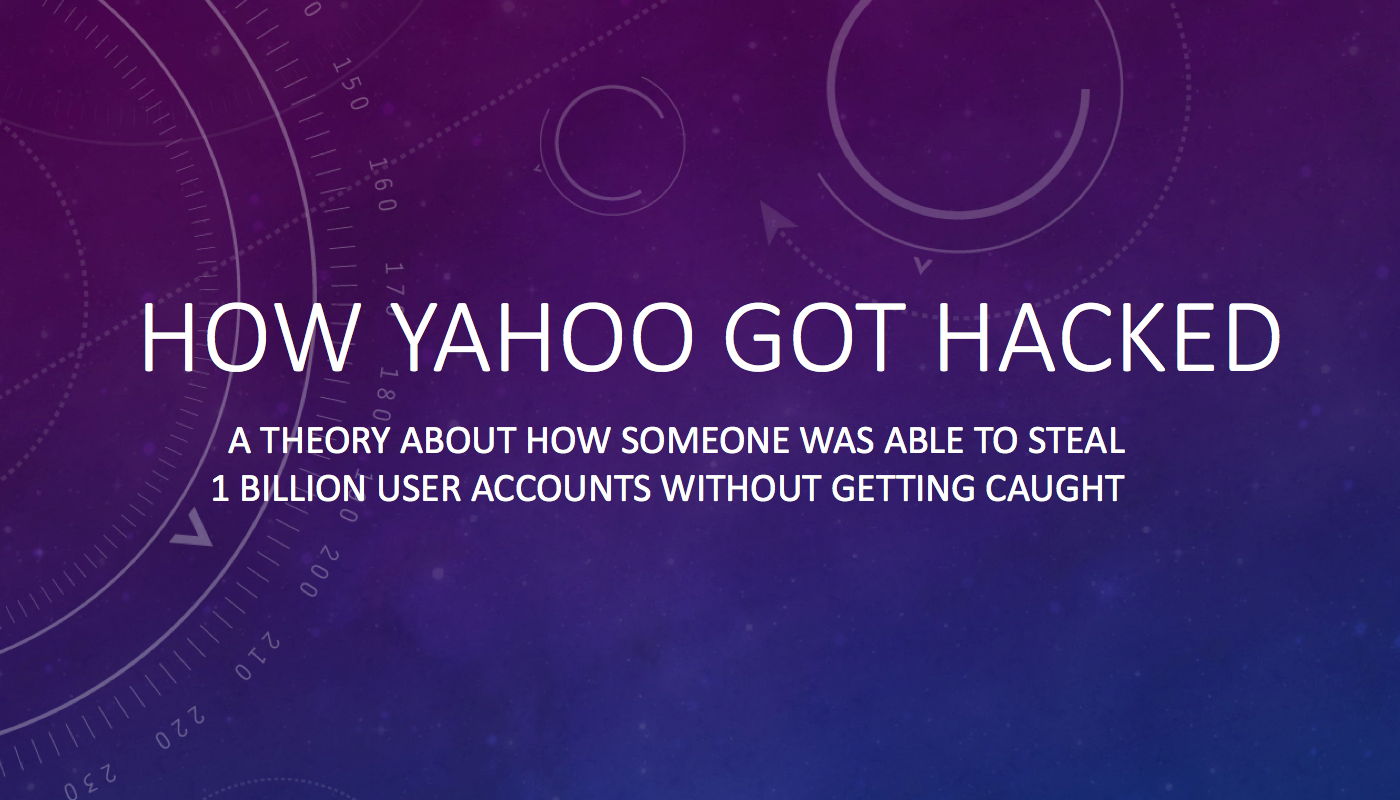In the rapidly evolving world of technology and finance, two powerhouses are converging to reshape the business landscape. Financial Operations (FINOPS), specifically focused on cloud cost management, and IT Asset Management (ITAM) are joining forces, sparking a revolutionary alliance that challenges norms and unlocks unparalleled success. Get ready to delve into this audacious convergence as we explore its provocative implications for businesses.
Unveiling the Potential: FINOPS and ITAM:
Imagine a tech visionary and a financial maestro locking eyes, recognizing the untapped potential between them. FINOPS, the driving force behind cloud cost optimization, budgeting, and compliance, now unites with ITAM, the meticulous guardian of technology assets. Together, they forge an indomitable partnership that unleashes efficiency, cost savings, and strategic advantage.
Unleashing Synergy: A Game-Changing Union:
FINOPS and ITAM have long danced on the periphery, unaware of the extraordinary synergy awaiting their union. In an era where cloud technology fuels business growth, FINOPS emerges as the financial savior. Armed with granular insights, FINOPS empowers organizations to make informed decisions about their cloud investments and optimize costs.
Meanwhile, ITAM steps onto the stage, armed with its treasure trove of knowledge about cloud resources, usage patterns, and governance. Its meticulous tracking and management of assets running in the cloud offer the perfect complement to FINOPS’ financial prowess. Together, they unlock a force that not only saves companies money but also enhances operational efficiency and reduces risk in the cloud.
The Resilience Factor: Future-Proofing Cloud Operations:
In an era of digital transformation, the convergence of FINOPS and ITAM becomes even more crucial. By combining their expertise, businesses can future-proof their cloud operations, seamlessly managing the lifecycle of cloud assets while optimizing financial outcomes.
From cloud adoption to retirement, FINOPS and ITAM work hand in hand to ensure cloud resources are utilized optimally, costs are controlled, and compliance is maintained throughout. This unified approach transforms the perception of cloud technology from a mere expense to a strategic asset, providing organizations with a competitive edge in an ever-evolving landscape.
The Compliance Conundrum: A Bold Solution:
Commercial license compliance has been a persistent challenge for businesses operating in the cloud. Enter FINOPS and ITAM, the dynamic duo that fearlessly tackles the compliance conundrum. By leveraging their combined strengths, organizations gain comprehensive visibility into their cloud ecosystem, enabling streamlined audits, minimized risks, and adherence to industry regulations.
FINOPS sheds light on the financial implications of compliance requirements in the cloud, while ITAM delivers granular insights necessary to monitor usage and track licenses. Together, they dismantle compliance obstacles, allowing businesses to focus on growth and innovation with confidence.
Embracing the New Frontier: Automation and AI:
The convergence of FINOPS and ITAM not only combines expertise but also invites the exploration of automation and artificial intelligence (AI). By harnessing the power of technology, organizations can supercharge their financial and asset management processes, freeing up valuable human resources and eliminating costly errors.
Automation streamlines repetitive cloud cost management tasks, such as resource provisioning and rightsizing, empowering teams to focus on strategic initiatives. AI-driven analytics reveal hidden patterns and trends, providing decision-makers with real-time insights for proactive financial planning and optimized cloud resource allocation.
Conclusion:
As FINOPS and ITAM converge in a daring alliance, traditional boundaries between finance and technology dissolve, giving birth to a new era of efficiency, resilience, and cost optimization in the cloud. Businesses that embrace this provocative convergence will gain a significant advantage, transforming their cloud operations and fueling their journey towards unparalleled success.









